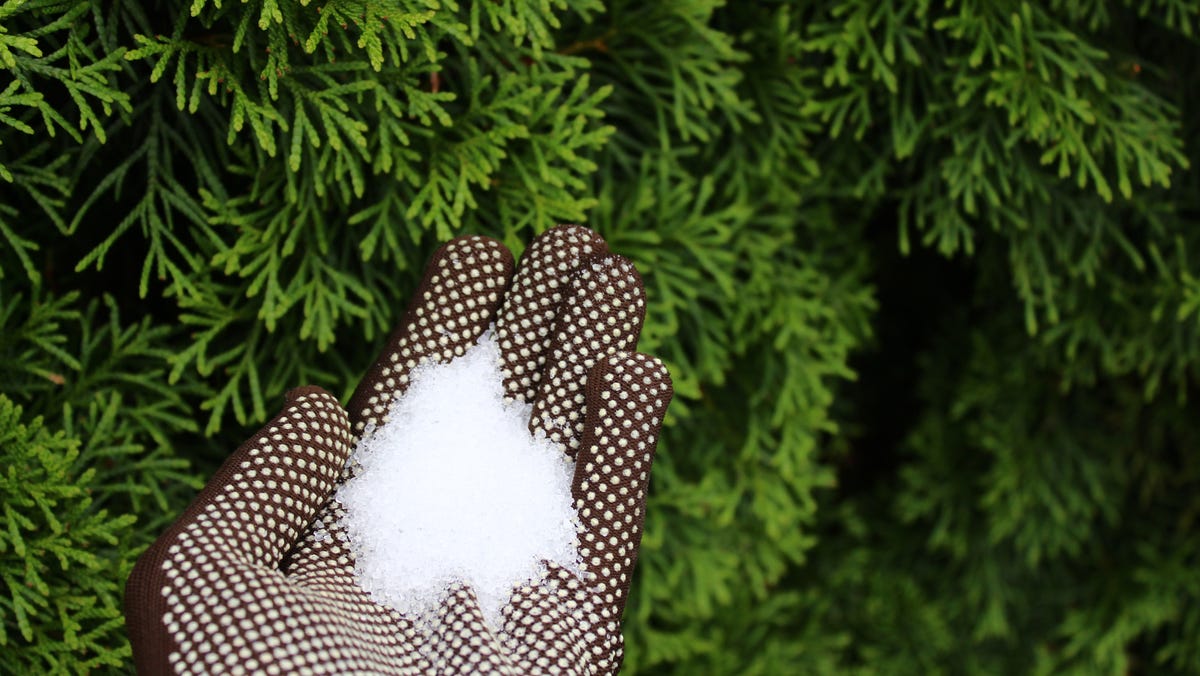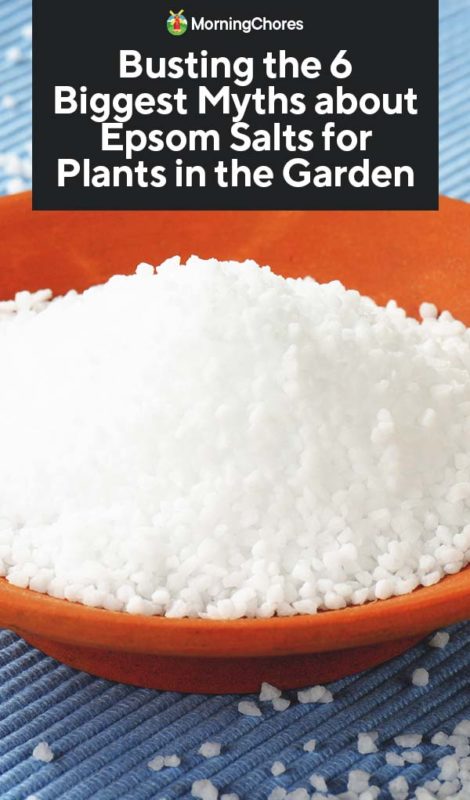Recognizing What Plants Don't Like Epsom Salt for Healthier Gardens
Recognizing What Plants Don't Like Epsom Salt for Healthier Gardens
Blog Article
Learn About the Certain Plants That Are Negatively Impacted by Epsom Salt Application
Epsom salt, a popular family remedy for various horticulture troubles, is commonly applauded for its beneficial effects on plant development. Understanding the particular plants that can be detrimentally affected by Epsom salt is critical for any type of gardener looking to enhance their plant treatment regimen.
Roses

Roses, particularly sensitive to changes in their environment, can be negatively influenced by the application of Epsom salt. While Epsom salt is frequently utilized as a plant food to advertise plant development and boost flowering, roses are among the plants that do not respond well to its application. The high magnesium web content in Epsom salt can hinder the uptake of various other essential nutrients by the rose plants, bring about shortages that show up as yellowing leaves or stunted growth.

Tomatoes
While Epsom salt is usually promoted as a remedy for various plant concerns, including blossom end rot in tomatoes, its application can lead to damaging results if not utilized sensibly. Excessive Epsom salt, which is magnesium sulfate, can interrupt the delicate nutrient equilibrium needed by tomatoes, potentially leading to shortages in other crucial nutrients like calcium. When considering the use of Epsom salt on tomatoes, it is important to stick to suggested application prices and soil testing to avoid unplanned repercussions on the total wellness and productivity of these beloved garden plants.
Peppers
Peppers, prized for their numerous colors and degrees of spiciness, can demonstrate susceptibility to negative influences from Epsom salt when not used with care and consideration for their particular dietary requirements. what plants don't like epsom salt. Peppers, belonging to the Solanaceae family, require a fragile equilibrium of nutrients to prosper. While Epsom salt is known to increase magnesium degrees in plants, extreme application can interrupt this equilibrium, causing negative results on pepper plants
When peppers are revealed to high levels of magnesium from Epsom salt, it can hinder the plant's ability to absorb various other crucial nutrients like calcium and potassium. This inequality may show up in signs such as leaf discoloration, stunted development, and decreased fruit production. Additionally, the too much magnesium can modify the dirt pH, more worsening nutrient uptake concerns for peppers.

Rhododendrons
Given the level of sensitivity of particular plant types to imbalances created by Epsom salt, it is vital to think about the influence on Rhododendrons, which also call for particular nutrient levels to grow. Rhododendrons are acid-loving plants that prefer acidic soil conditions with a pH range between 4.5 and 6.0. Epsom salt, chemically understood as magnesium sulfate, can alter the soil pH and interrupt the delicate balance of nutrients crucial for Rhododendron wellness.

To keep the ideal growth and health and wellness of Rhododendrons, it is critical to stay clear of the indiscriminate usage of Epsom salt and rather concentrate on supplying the details acidic soil problems and nutrients that these plants require for growing.
Azaleas
Azaleas, understood for their dynamic blossoms and broad variety of shades, are decorative shrubs that belong to the Rhododendron category. These preferred flowering plants are frequently located in parks, yards, and landscapes due to their charm and flexibility. Azaleas are sensitive to modifications in soil pH levels, which can considerably impact their growth and total health and wellness. While Epsom salt is frequently utilized as a solution for magnesium shortage in plants, its application to azaleas can have damaging impacts.
When Epsom salt is related to azaleas, it can alter the soil pH, making it more acidic. Azaleas favor slightly acidic dirt problems, and an unwanted of magnesium from Epsom salt can interrupt this balance, resulting in nutrient inequalities and possible poisoning concerns. The inaccurate application of Epsom salt can lead to stunted development, yellowing of leaves, and overall decline in the health and wellness of azaleas. It is crucial to be mindful when taking into consideration the usage of Epsom salt on azaleas to stop any type of unfavorable consequences on these delicate decorative hedges.
Verdict
Finally, it is necessary to be knowledgeable about the specific plants that can be negatively impacted by the application of Epsom salt. Roses, tomatoes, rhododendrons, peppers, and azaleas are some instances of plants that may not profit from Epsom salt and could even suffer damage. It is essential to study and comprehend the requirements of each plant types before making use of Epsom salt as a fertilizer to ensure their wellness and wellness.
Recognizing the particular plants that can be negatively influenced by Epsom salt is critical for any type of garden enthusiast looking to maximize their plant care routine. While Epsom salt is typically utilized as a fertilizer to advertise plant development and enhance get redirected here flowering, roses are one of the plants that do not react well to its application.Excessive usage of Epsom salt can likewise result in a build-up of salts in the soil, leading to root damages and dehydration of the rose plants. While Epsom salt is known to improve magnesium levels in plants, extreme application can disrupt this balance, leading to negative results on pepper plants.
The high salt web content in Epsom salt can additionally dry out Rhododendron origins, causing additional tension and damage to the plant. (what plants don't like epsom salt)
Report this page